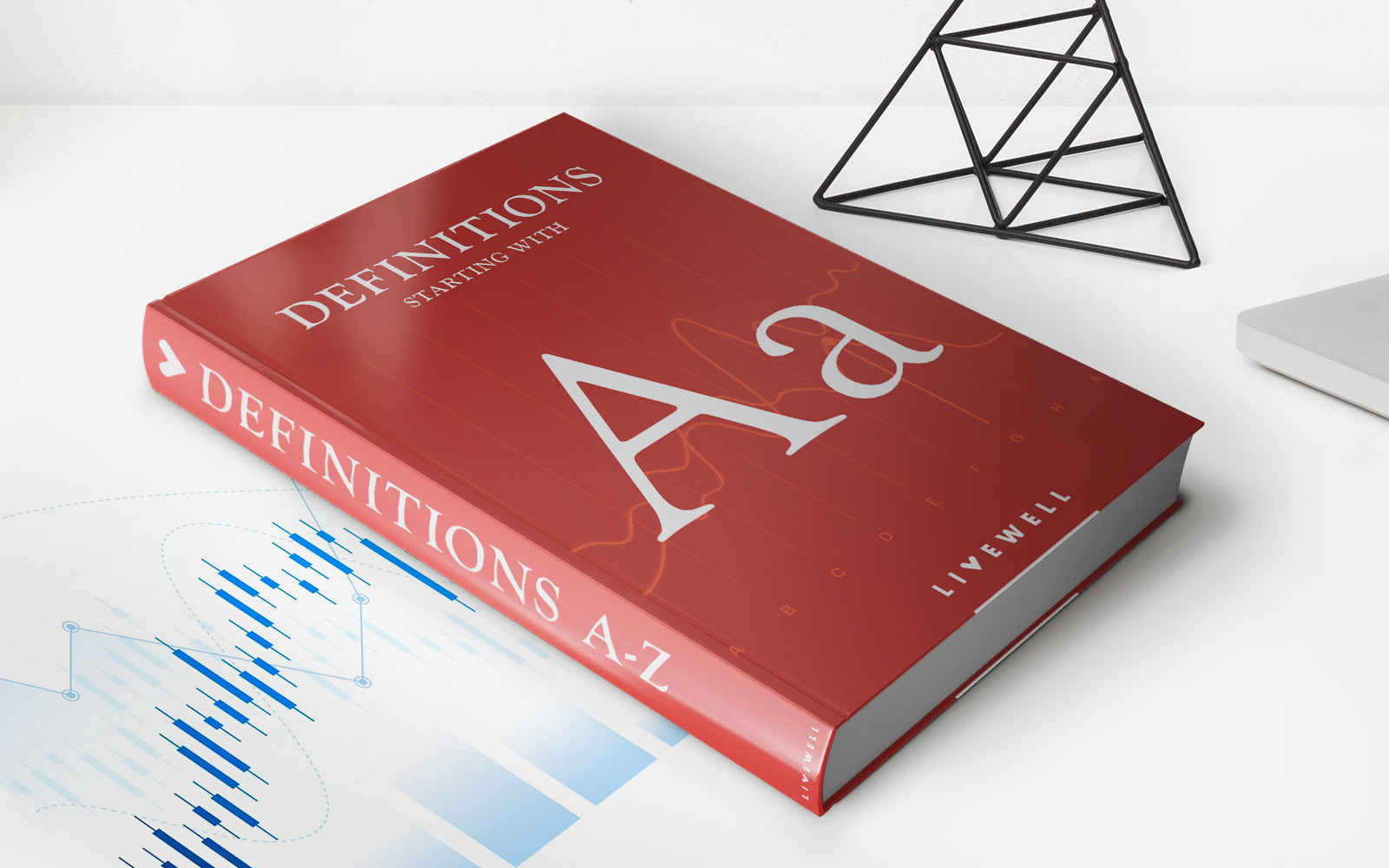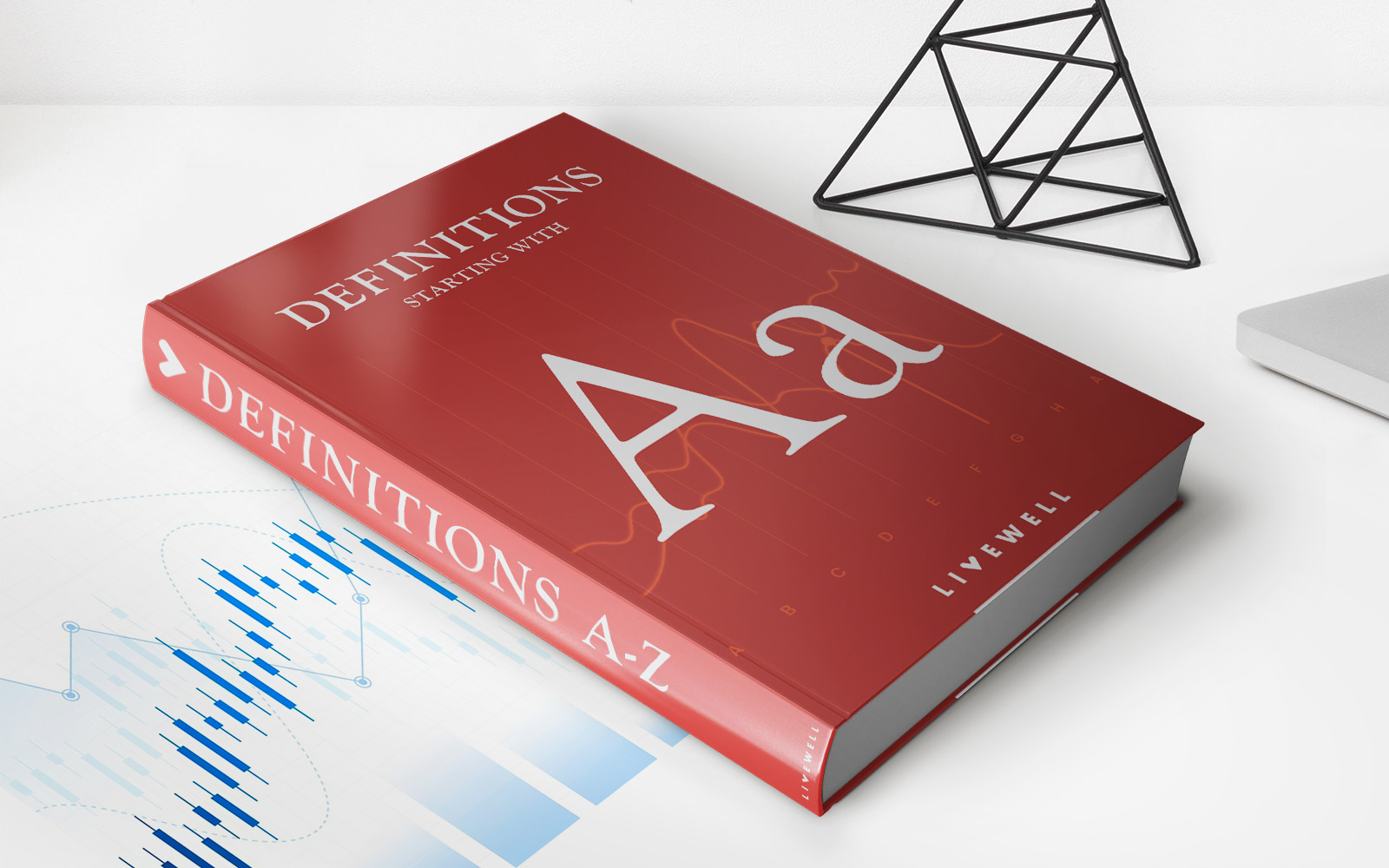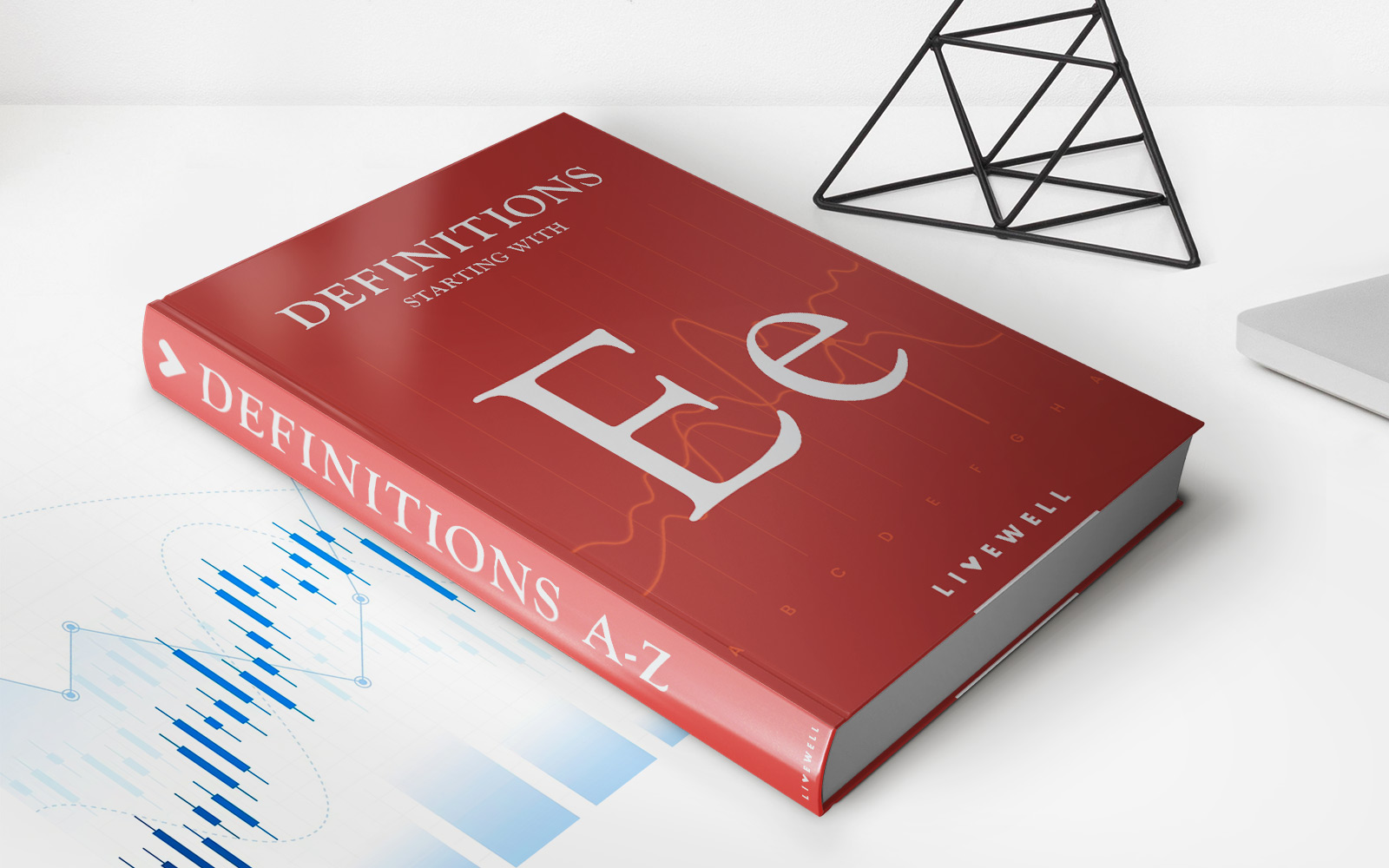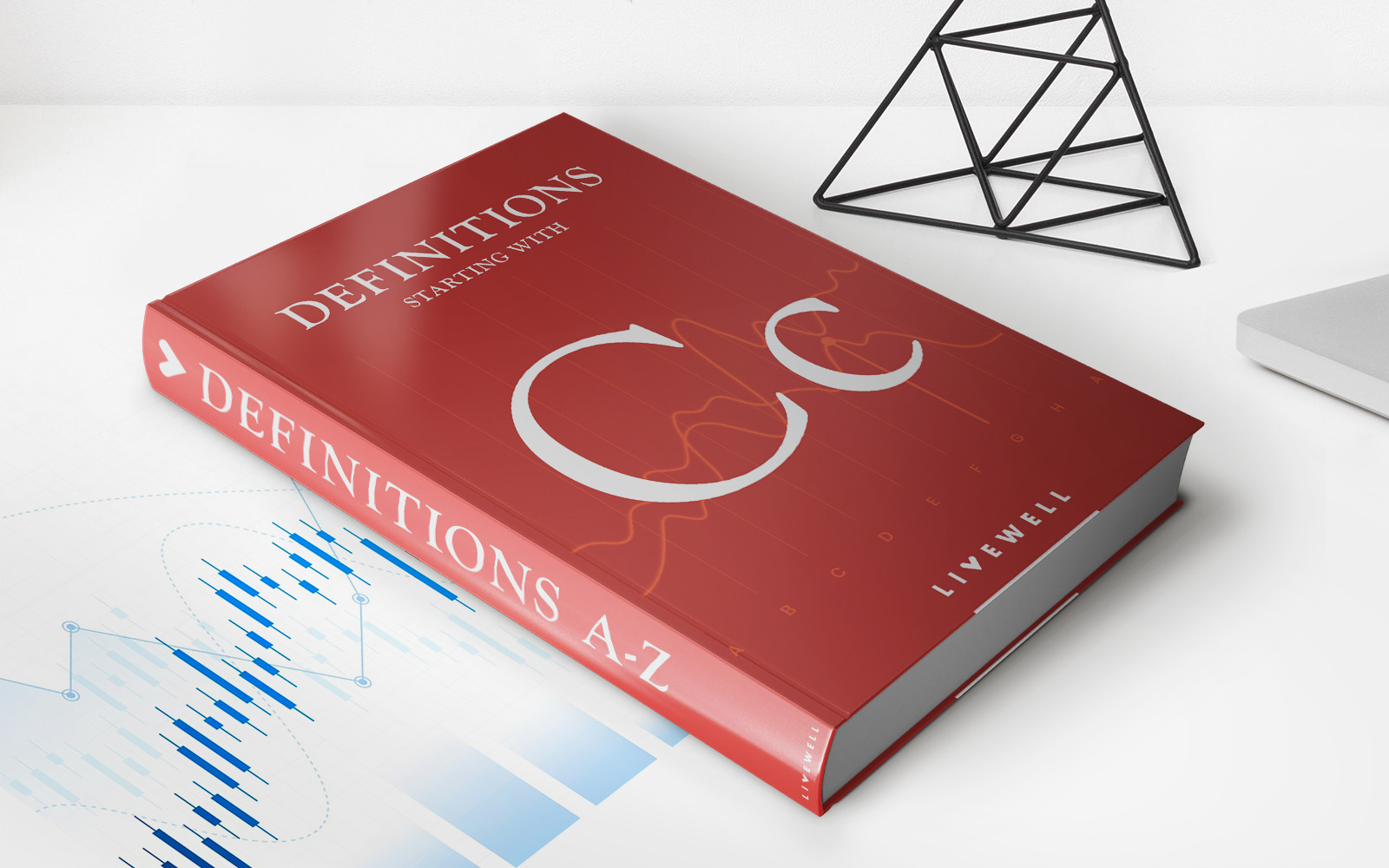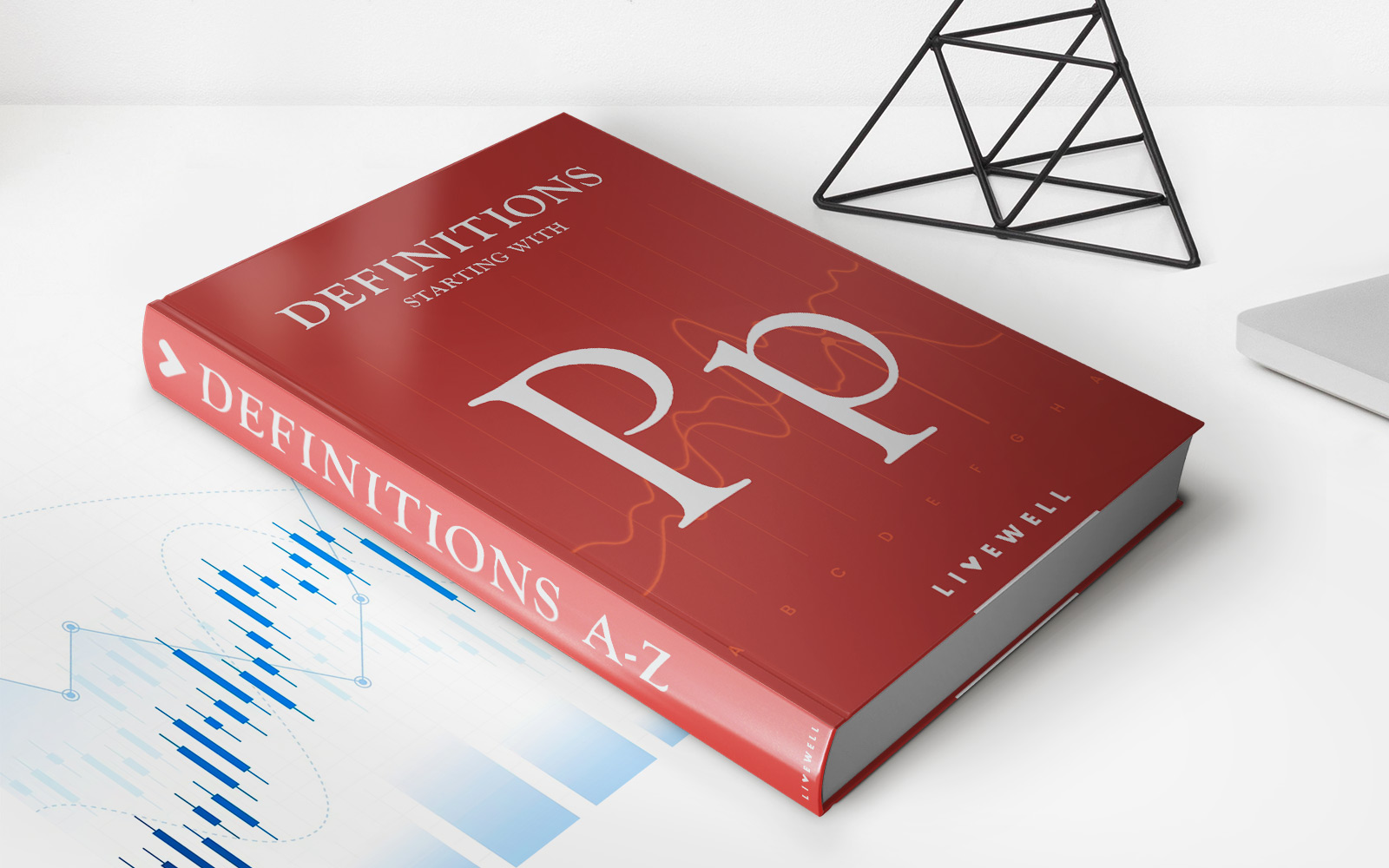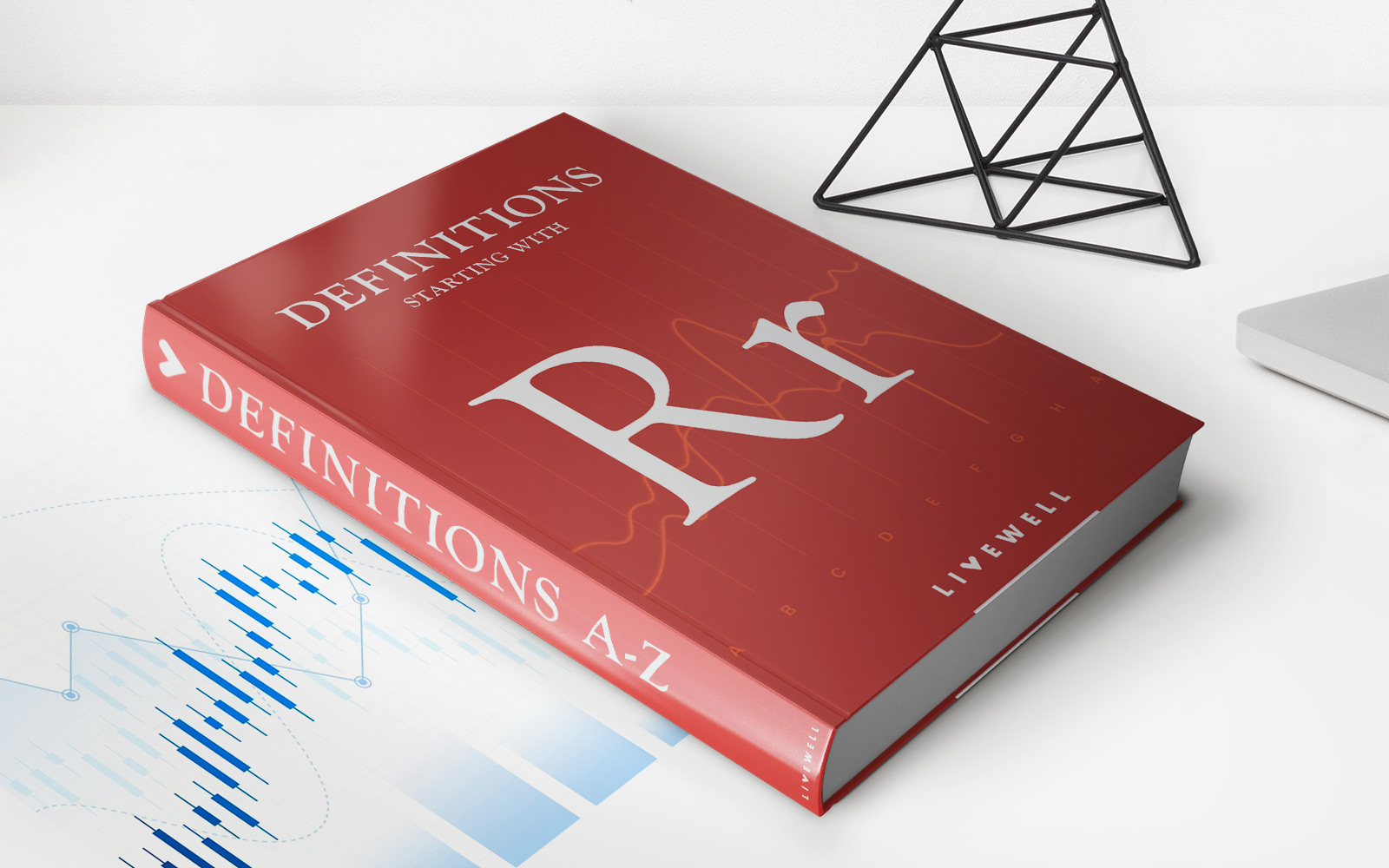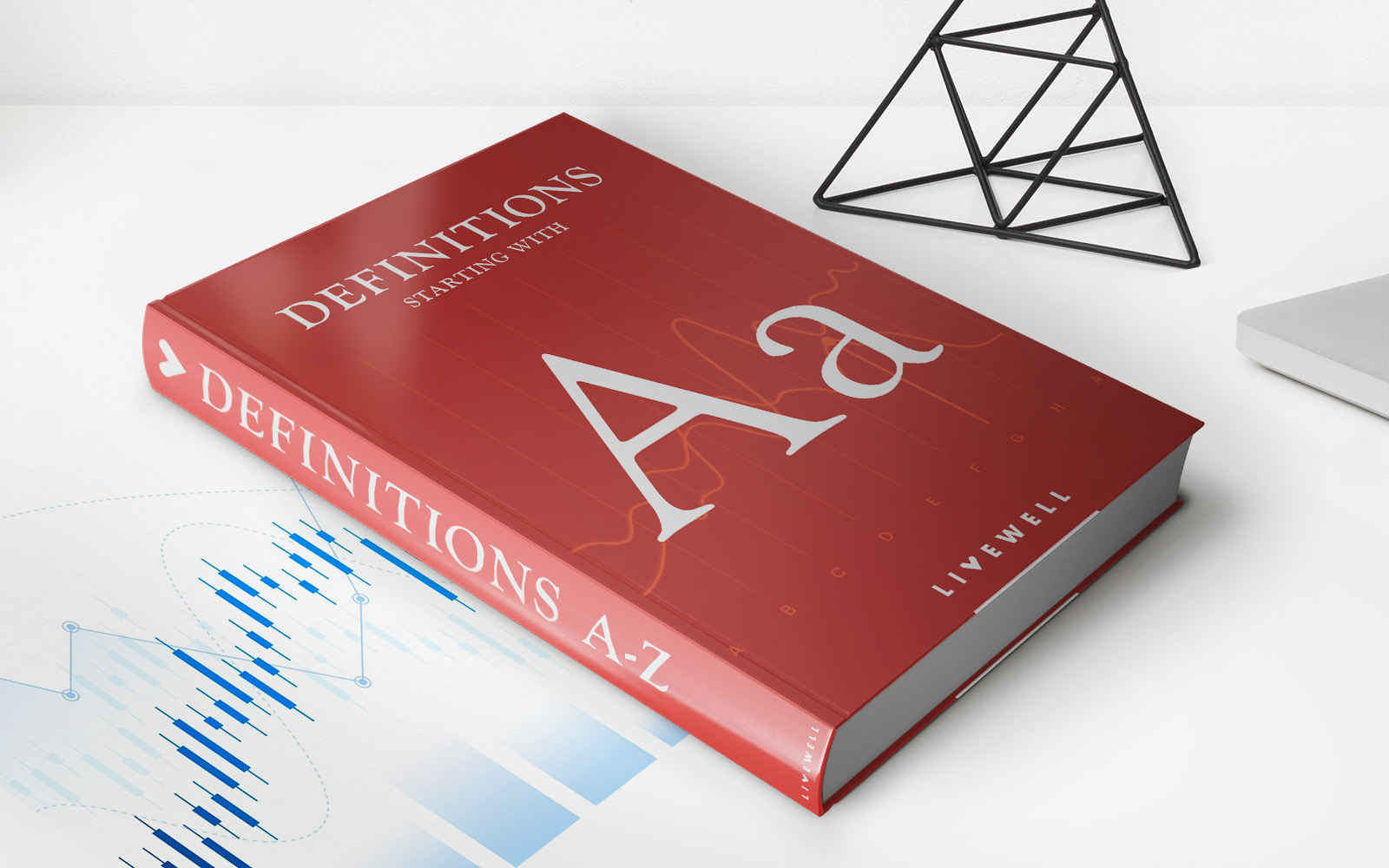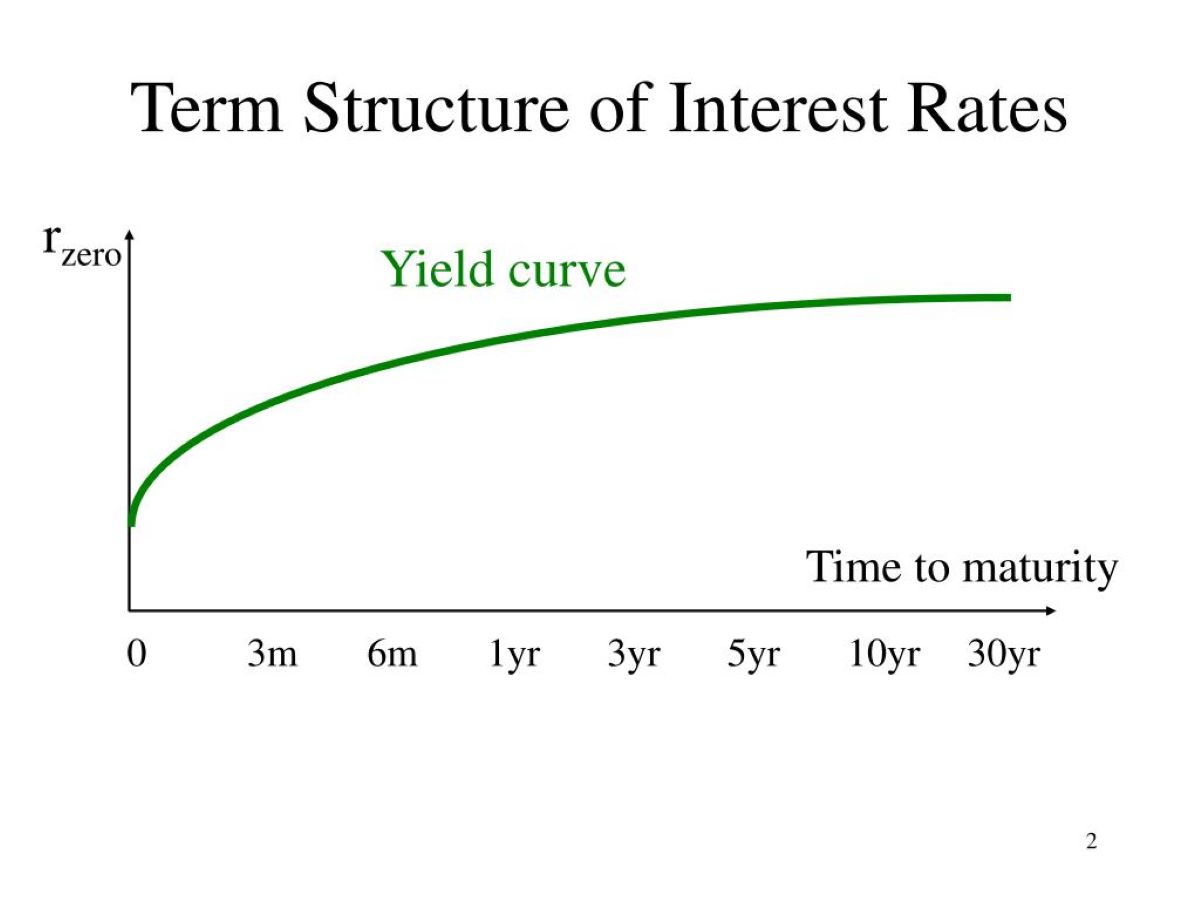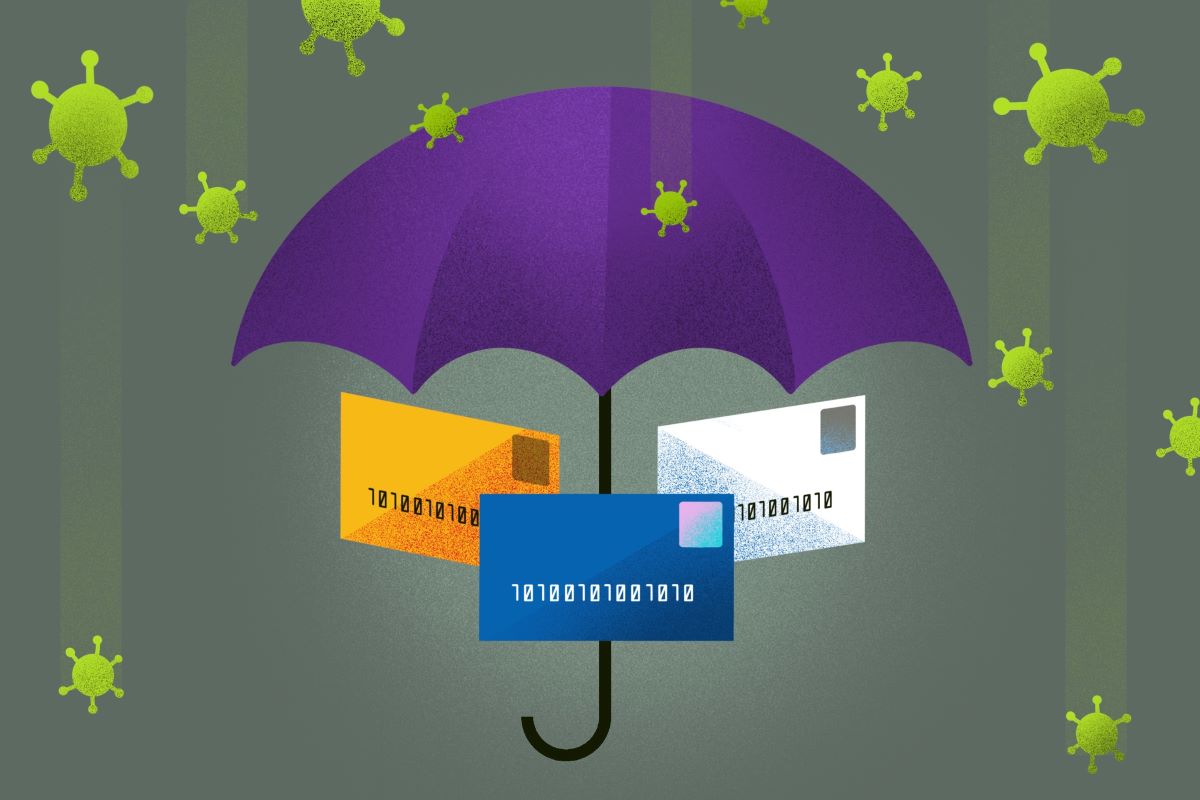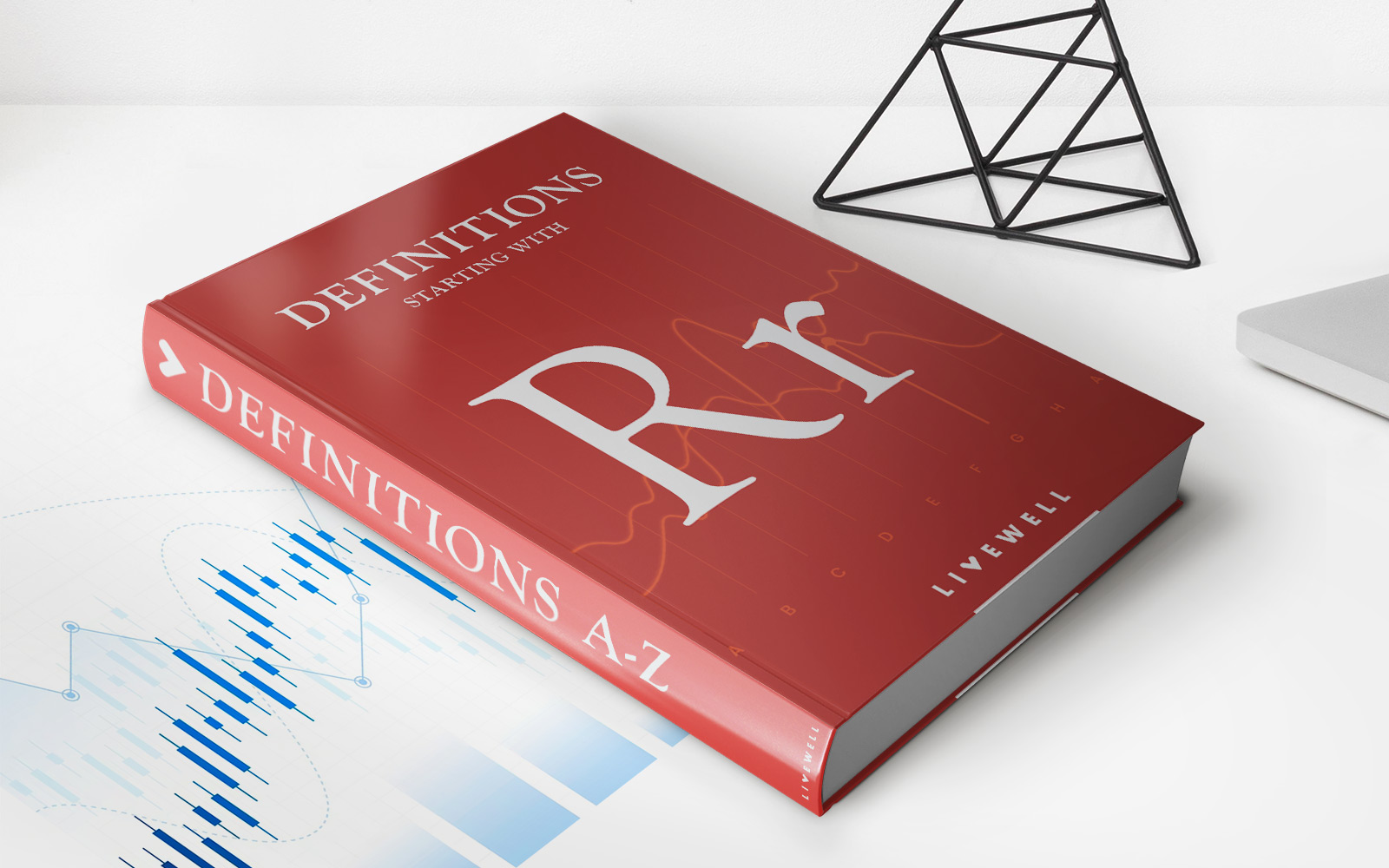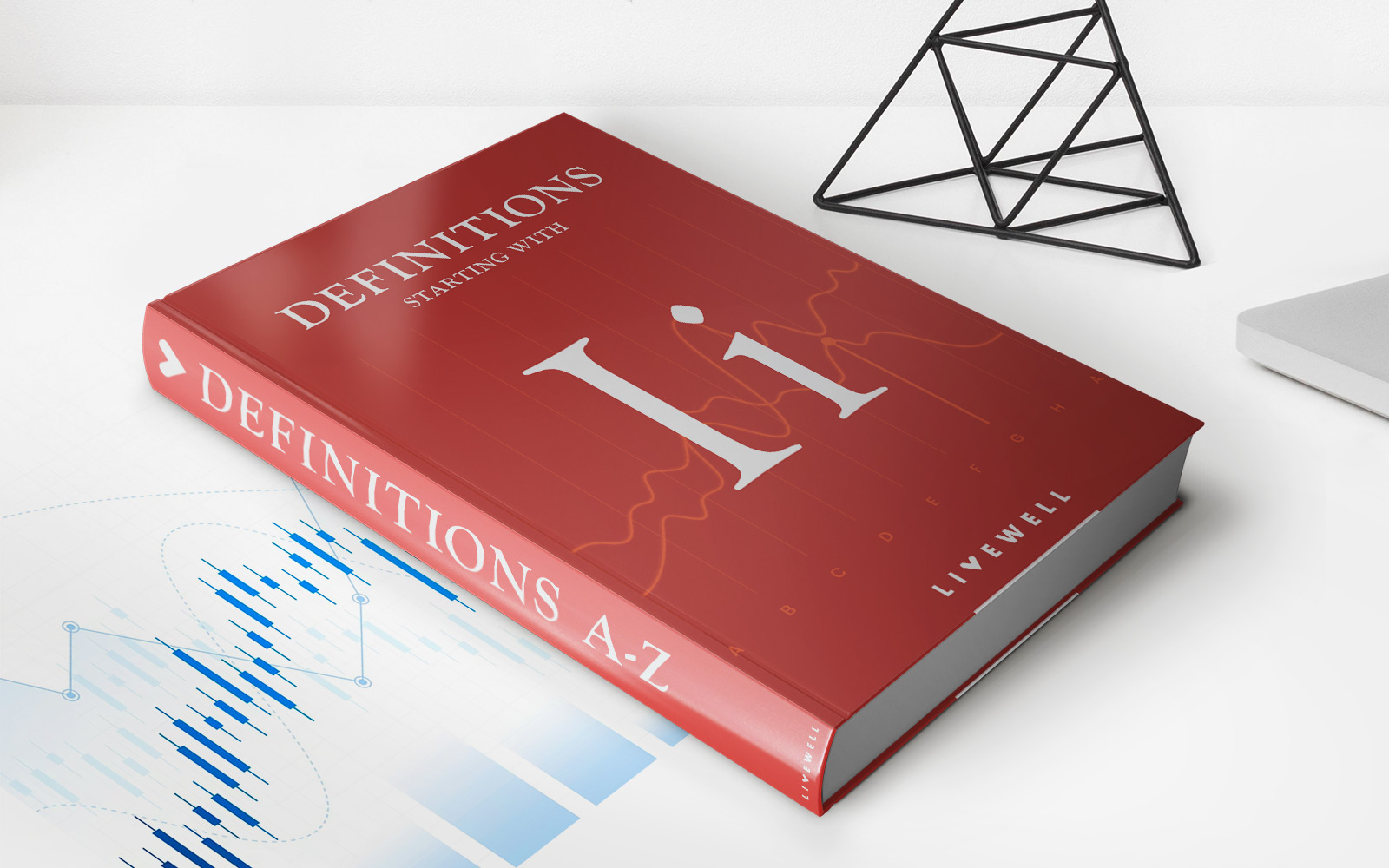

Finance
Indemnification Method Definition
Published: December 8, 2023
Discover the finance industry's indemnification method definition and its significance. Gain insights into how indemnification protects businesses from financial liabilities.
(Many of the links in this article redirect to a specific reviewed product. Your purchase of these products through affiliate links helps to generate commission for LiveWell, at no extra cost. Learn more)
Understanding Indemnification: A Key to Financial Security
When it comes to personal finance, there are numerous strategies and methods to protect your assets and mitigate risks. Indemnification is one such method that has gained significant attention in recent years. In this article, we will delve into the realm of indemnification, providing a comprehensive definition, its importance in financial planning, and how it can safeguard your financial future.
What is Indemnification?
Indemnification, in simplest terms, is a legal mechanism through which a party seeks protection against financial loss or damages incurred as a result of someone else’s actions or negligence. It is a risk management tool that helps individuals or organizations transfer the financial responsibility of potential losses to another party.
Key Takeaways:
- Indemnification is a legal mechanism that protects against financial loss caused by someone else’s actions.
- It is a risk management tool that transfers the financial responsibility of potential losses to another party.
The Importance of Indemnification in Financial Planning
In the world of personal finance, uncertainties and risks are ever-present. From unexpected accidents to legal disputes, various situations can have profound financial repercussions, leaving individuals or businesses vulnerable. Incorporating indemnification into your financial planning can provide a layer of protection and peace of mind. Here’s why indemnification is crucial:
- Asset Protection: Indemnification serves as a shield for your assets against potential liabilities. By indemnifying yourself against possible legal claims or damages, you can safeguard your personal or business assets, ensuring that they remain intact.
- Risk Mitigation: Life is unpredictable, and unforeseen events can lead to significant financial burdens. Indemnification helps mitigate risks by transferring the potential financial burden to another party, allowing you to focus on your core financial goals without constantly worrying about potential losses.
In addition to asset protection and risk mitigation, indemnification also plays a vital role in various financial transactions, including contracts, partnerships, and insurance policies. It ensures that all parties involved bear the responsibility for their actions, minimizing any potential disputes or financial repercussions in the process.
When considering indemnification, it’s important to consult with legal and financial professionals who can provide guidance tailored to your specific needs. They can help you navigate the legal intricacies and ensure that you have the proper indemnification agreements in place to protect yourself and your assets adequately.
In Conclusion
Indemnification is a powerful risk management tool that plays a critical role in protecting your financial security. By understanding the concept and incorporating it into your financial planning, you can secure your assets, mitigate risks, and gain peace of mind. Remember, when it comes to personal finance, being proactive is key, and indemnification acts as a safety net to help you weather any potential storms that may come your way.
